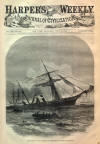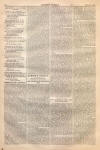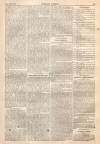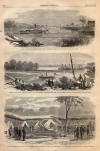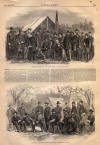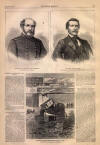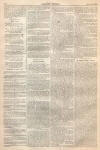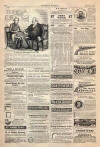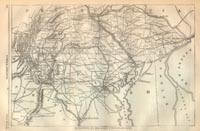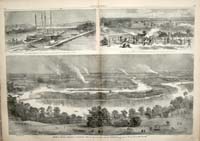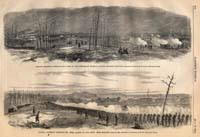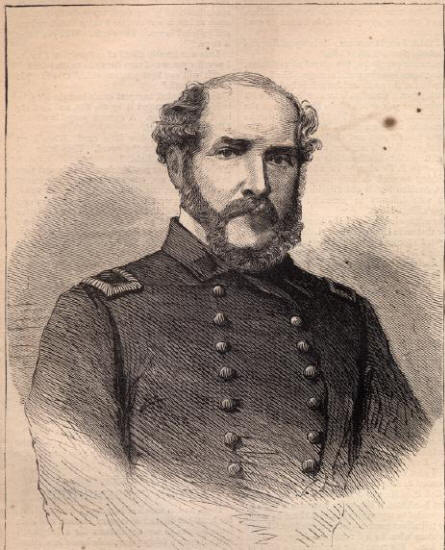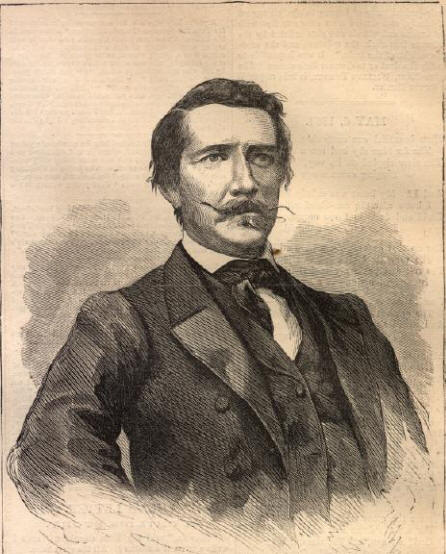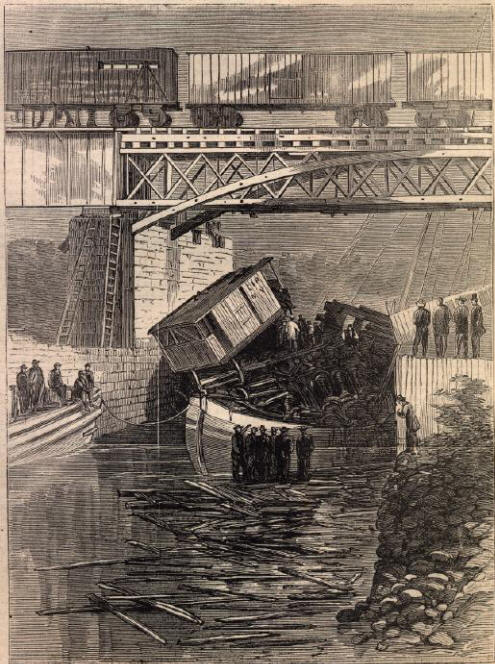|
This Site:
Civil War
Civil War Overview
Civil War 1861
Civil War 1862
Civil War 1863
Civil War 1864
Civil War 1865
Civil War Battles
Confederate Generals
Union Generals
Confederate History
Robert E. Lee
Civil War Medicine
Lincoln Assassination
Slavery
Site Search
Civil War Links
Civil War Art
Mexican War
Republic of Texas
Indians
Winslow Homer
Thomas Nast
Mathew Brady
Western Art
Civil War Gifts
Robert E. Lee Portrait
|
CAPTAIN JOHN A. WINSLOW, OF THE "KEARSARGE."
[PHOTOGRAPHED BY BLACK, BOSTON.]
GENERAL SHERMAN'S CAMPAIGN.
ON
page 476 we give two sketches illustrating
SHERMAN'S movements to the right of Kenesaw Mountain. One of these, representing
the REBEL CHARGE ON OUR RIGHT NEAR MARIETTA, relates to the battle of Culp's
Farm, four miles west of
Marietta, June 22. SCHOFIELD held the extreme right; on
his left,
HOOKER commanded the Marietta Road; HOWARD held the centre; and PALMER
and M'PHERSON extended the Federal lines to Brush Mountain, on the railroad.
Nearly all day the rebels engaged HOWARD, to divert attention from the right,
where they were massing troops on the Marietta Road against HOOKER. A furious
attack was made at this point at five P.M. The following troops were engaged :
WILLIAMS'S division on the right, GEARY'S in the centre, and
BUTTERFIELD'S on
the left; General KNIPE's and RUGER'S brigades formed a second line on the
right. An attempt was made to flank HOOKER'S right, but this was prevented by
the Fourteenth Kentucky, from SCHOFIELD'S corps. Soon SCHOFIELD'S main body
pressed up, and the rebels were driven in great disorder.
The other cut shows the ARMY OF
THE CUMBERLAND SWINGING AROUND THE KENESAW MOUNTAIN on the right, in order to
flank the position.
The Kenesaw Mountain has two
elevations, one about 900 and the other 800 feet high. The base of the mountain
extends about four miles from east to west.
CAPTAIN WINSLOW AND THE
PIRATE SEMMES.
ON this page we give the
portraits of Captain JOHN A. WINSLOW, of the Kearserge, and of Captain RAPHAEL
SEMMES, late of the Alabama. The portrait of the latter is from a photograph
taken by A. DUPERTZ, in Jamaica, January, 1863.
Captain WINSLOW was born in
Wilmington, North Carolina, in 1811. His father was a Northerner, descended from
the old Plymouth stock of WINSLOW'S ; his mother was a Southerner. He was
educated at Dedham, Massachusetts, and entered the navy as midshipman at the age
of fourteen.
DANIEL WEBSTER secured for him this position. His family reside at
Roxbury, near Boston. He was placed in command of the Kearsarge as soon as that
vessel arrived off the European coast. Before his conflict with the Alabama he
had some apprehensions, and repeatedly advised the Naval Department to increase
the force off Cherbourg, but said he would do the best he could. Upon the
receipt of a vote of thanks from Congress he will be made a Commodore.
Captain RAPHAEL SEMMES, formerly
an officer of our navy, was, early in the war, appointed by the rebel Government
to take com-
THE PIRATE RAPHAEL SEMMES.
[PHOTOGRAPHED IN 1863 BY A. DUPERTZ, KINGSTON, JAMAICA.]
mand of the Sumter, which ran out
of New Orleans in July, 1861. This vessel, after burning several prizes, reached
Cadiz the following February. Here she was blockaded by the Tascarora, until
SEMMES, despairing of escape, sold her. When the Alabama had managed to escape
from England SEMMES became her captain. He held this position nearly two years,
capturing and burning American vessels, until at last, blocked in at Cherbourg,
as the Sumter had been at Cadiz, the Alabama came out and fought the Kearsarge
and was sunk.
THE
TERRIBLE RAILWAY
DISASTER IN CANADA.
IT is not often that we have to
record a disaster more affecting than that which happened to the German emigrant
train on the Grand Trunk Railway in Canada at the end of June, and which is
illustrated on this page, from a photograph sent us by A. BAZINET & Co., of
Montreal. The accident happened near Montreal, at Belaeil Bridge. The passengers
consisted mostly of emigrants from Bohemia, Poland, Saxony, Sweden, and Norway,
five hundred and thirty souls in all, who had just arrived from Hamburg in the
Neckar, which sailed from that port May 18. Some of them intended to settle in
Upper Canada, and others in the United States. They presented a very respectable
appearance; for the most part they were grouped in families, there being but few
single men in the company; and generally they appeared to be well provided with
means. Fortunately eighty were compelled to remain behind at Quebec, because
they had not means. Altogether, there were eight hundred and thirty-five that
took the train from Point Levi. It was a night-train, and the night was clear
and pleasant. When the train reached the bridge, at 1.15 A.M., the draw was open
to allow some barges to pass through to Lake Champlain. The usual red
danger-light was burning, and could be seen at a distance of 540 yards. The
signal was not regarded, and the train rushed on, falling into the river 40
feet, car after car, on the deck of one of the barges. First came the
locomotive, sinking the barge, then the tender, capsizing upon the locomotive,
followed by the baggage-car, which fell flat into the draw. Above all these, in
the most utter confusion, came the passenger-cars. Only one of these was fitted
with seats, and was curiously delivered on top of the barge's deck, having
pretty effectually shaken up its inmates. The other cars were piled one above
another, crushed into an indiscriminate mass of splinters and iron; the
car-wheels, the bundles of the passengers, and their bruised bodies, were not
huddled together, but mixed up, confused with one another. One hundred were
wounded and ninety were killed. The removal of the debris, says the Montreal
Gazette, "revealed a (Next
Page)
THE GREAT RAILWAY DISASTER NEAR MONTREAL, CANADA.
[PHOTOGRAPHED BY A. BAZINET & Co., MONTREAL
|
